NASA is preparing for a major milestone in space science with the upcoming launch of three spacecraft designed to study how the Sun shapes conditions across the solar system. The mission cluster, riding aboard a SpaceX Falcon 9 rocket, is scheduled for liftoff no earlier than September 23, 2025, from Kennedy Space Center in Florida.
A Mission to L1
All three spacecraft will journey to the Sun–Earth Lagrange Point 1 (L1), a stable gravitational location about one million miles from Earth in the direction of the Sun. From this vantage point, they will work together to provide an unprecedented look at the Sun’s effects on Earth and the wider heliosphere.
The Three Spacecraft
Interstellar Mapping and Acceleration Probe (IMAP)
IMAP will investigate the boundaries of the heliosphere—the magnetic bubble inflated by the solar wind that surrounds our solar system. Carrying ten advanced instruments, it will study how energetic particles are accelerated and how they interact with interstellar space. The probe will also supply near real-time data useful for forecasting space weather.
Carruthers Geocorona Observatory
This observatory is named in honor of George Carruthers, a trailblazing astrophysicist. Its mission is to capture ultraviolet images of Earth’s exosphere, known as the geocorona, which represents the outermost layer of our atmosphere. By studying this faint glow, scientists will learn more about how solar radiation influences Earth’s atmospheric boundary.
Space Weather Follow-On L1 (SWFO-L1)
Operated by NOAA, this satellite is dedicated to monitoring space weather hazards. Positioned at L1, it will track solar wind conditions and coronal mass ejections, providing crucial warnings to protect satellites, communication systems, power grids, and even human space exploration.
Why It Matters
This coordinated launch represents a trio of scientific goals:
- Mapping the edge of the solar system and its interaction with interstellar space.
- Observing Earth’s extended atmosphere in unprecedented detail.
- Enhancing protection of technology and infrastructure against solar storms.
A Leap Forward in Solar Science
Together, these missions will deepen humanity’s understanding of how the Sun impacts Earth and the broader solar system. Beyond pure science, the data will strengthen our ability to prepare for and respond to solar activity that can disrupt modern life.
This launch marks a significant step in advancing space science and planetary protection—highlighting how studying the Sun is just as important as exploring distant worlds.

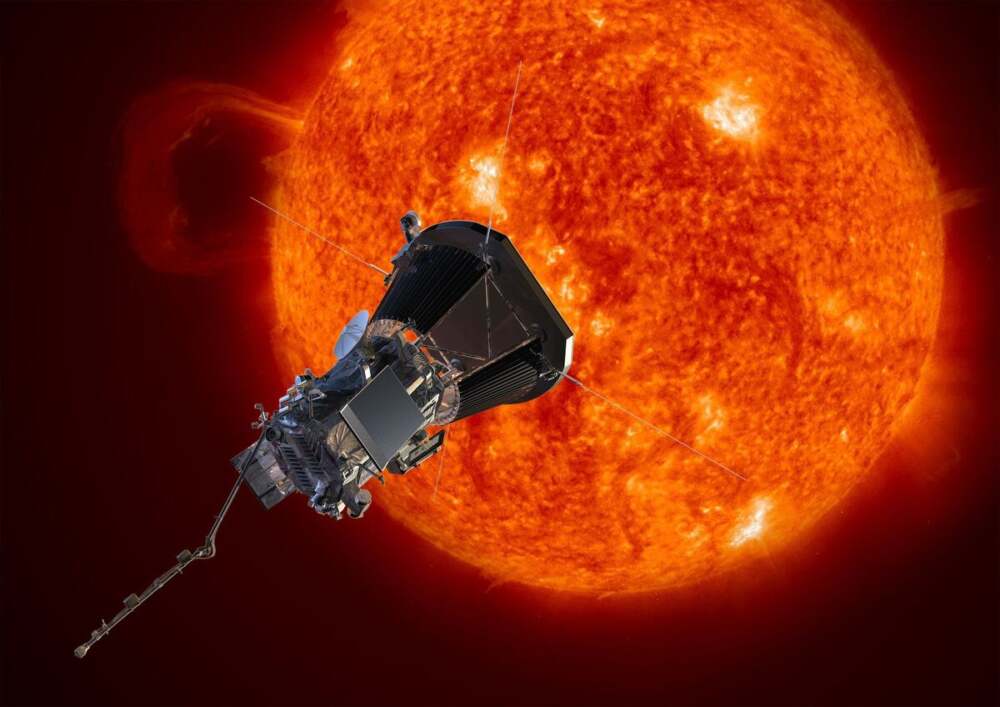
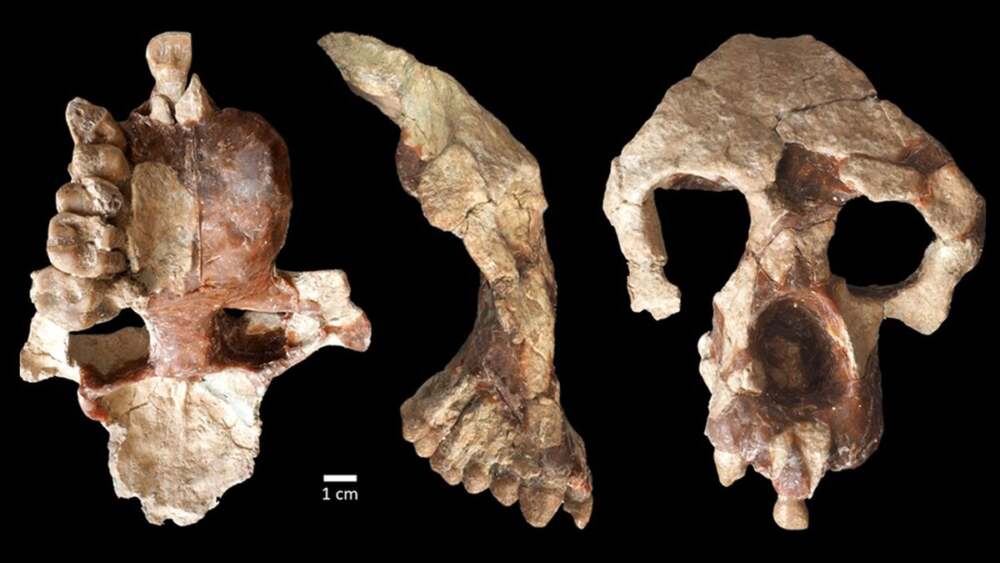

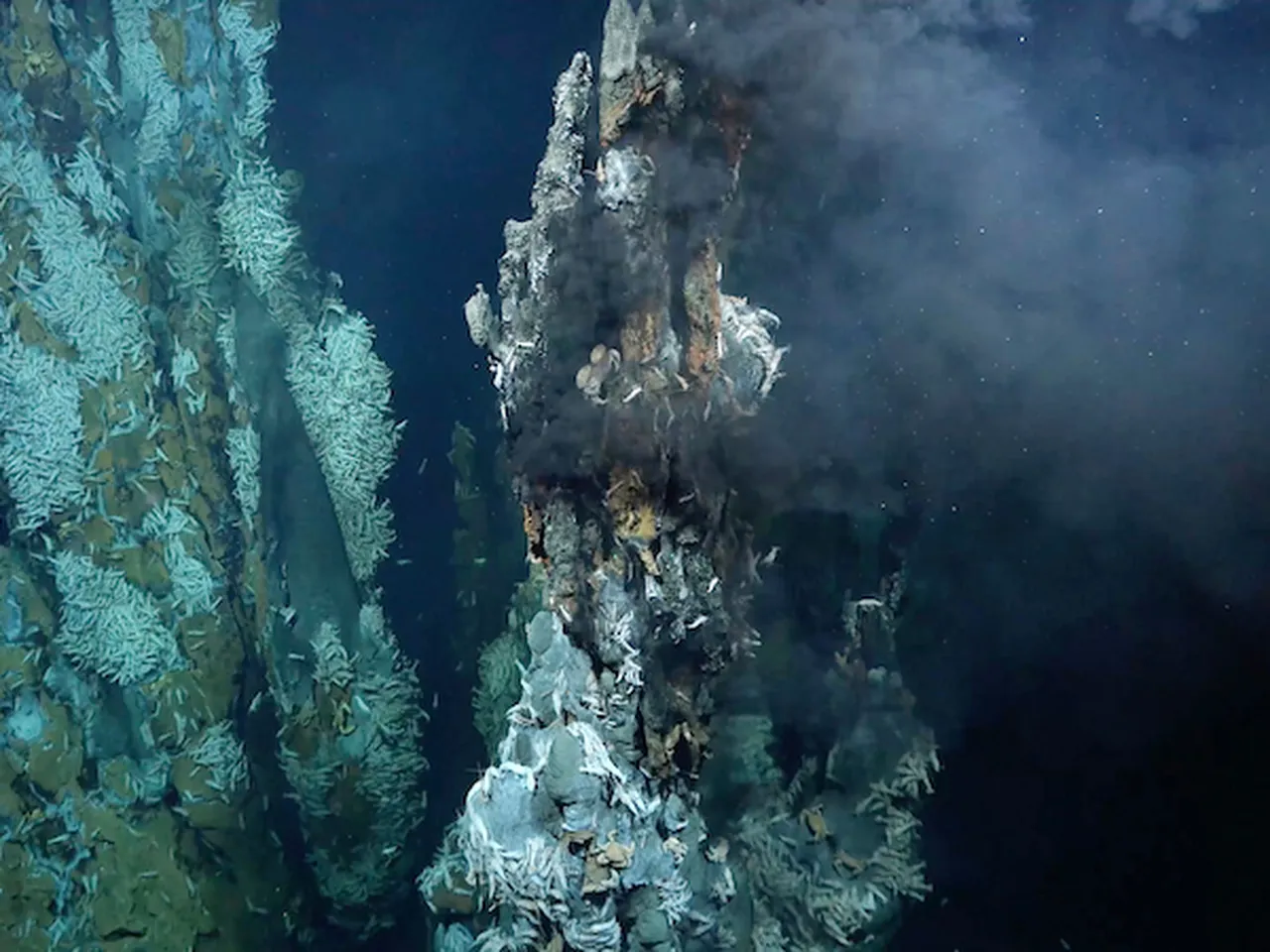
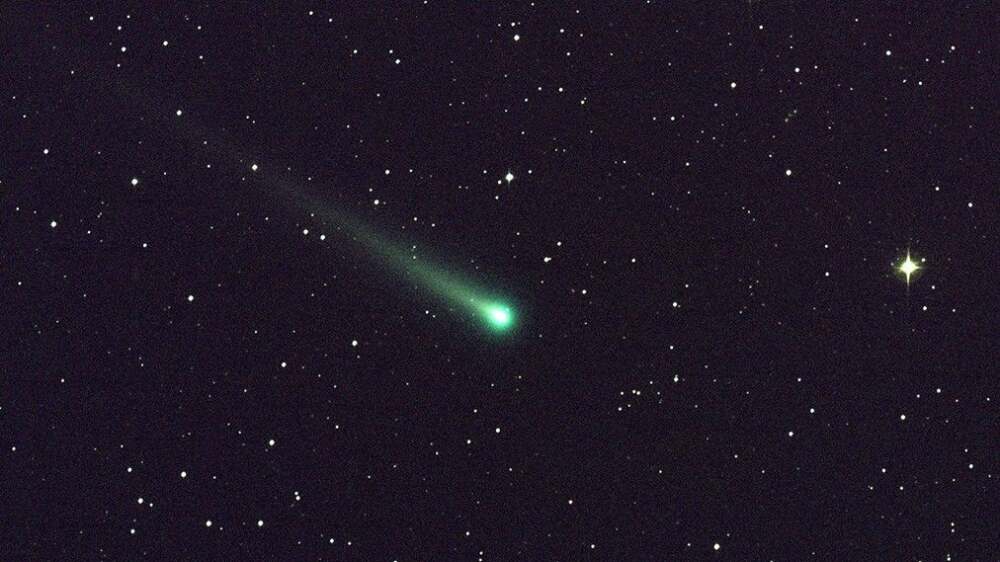
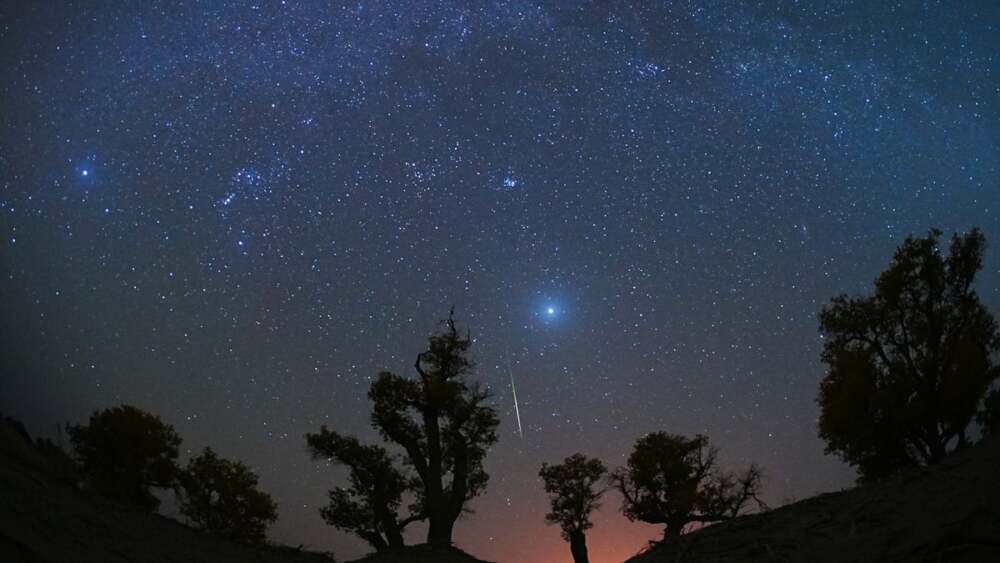
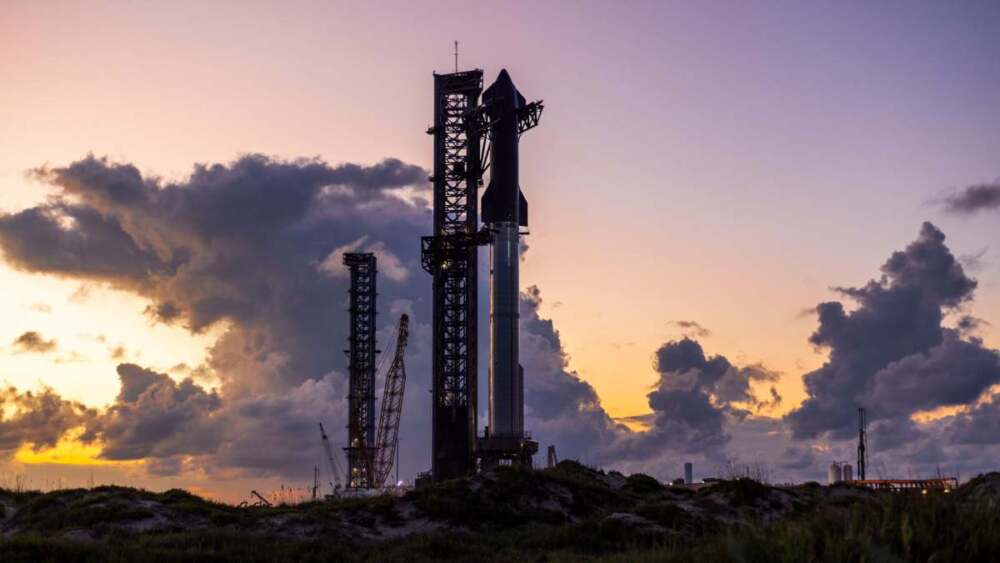

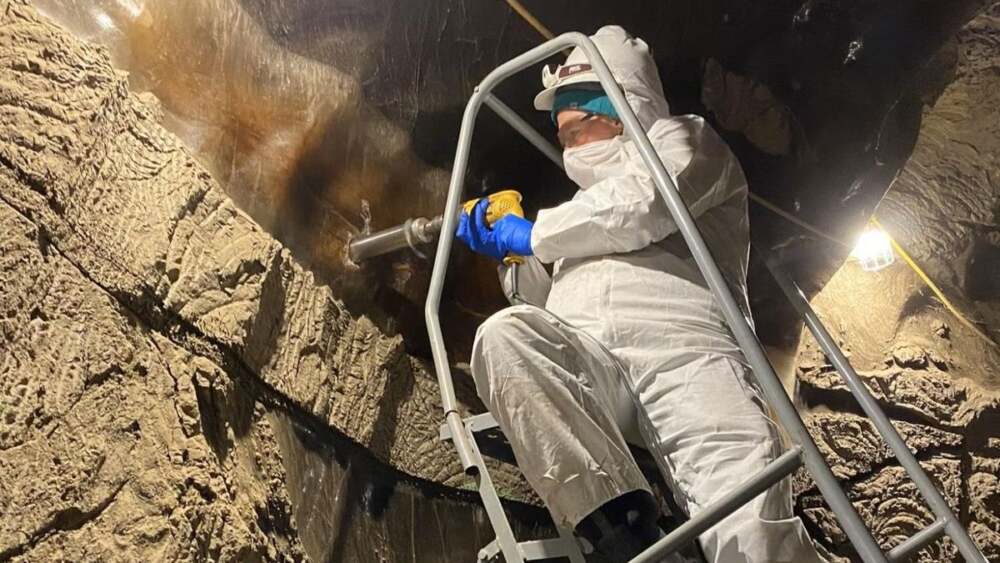


Leave a Reply